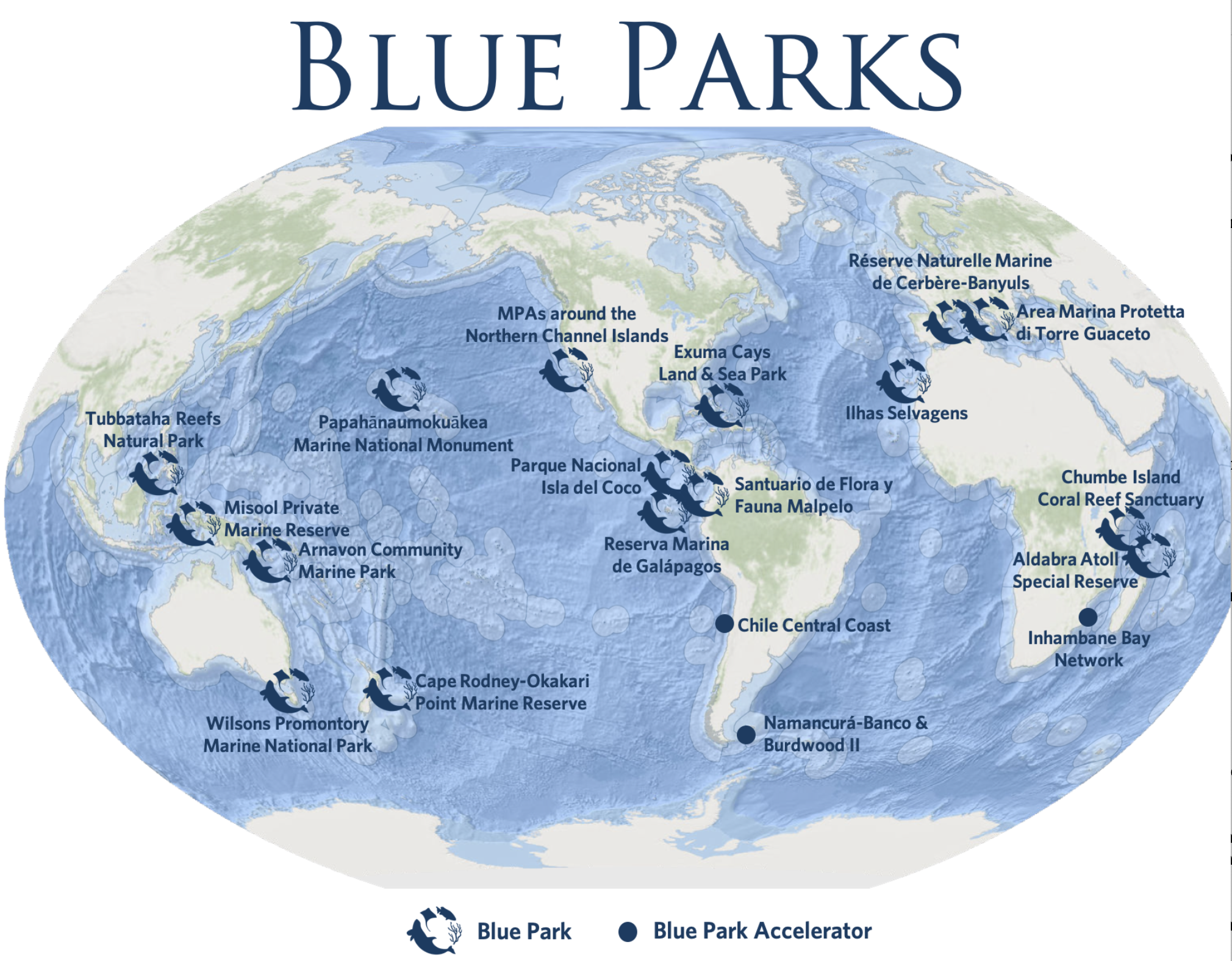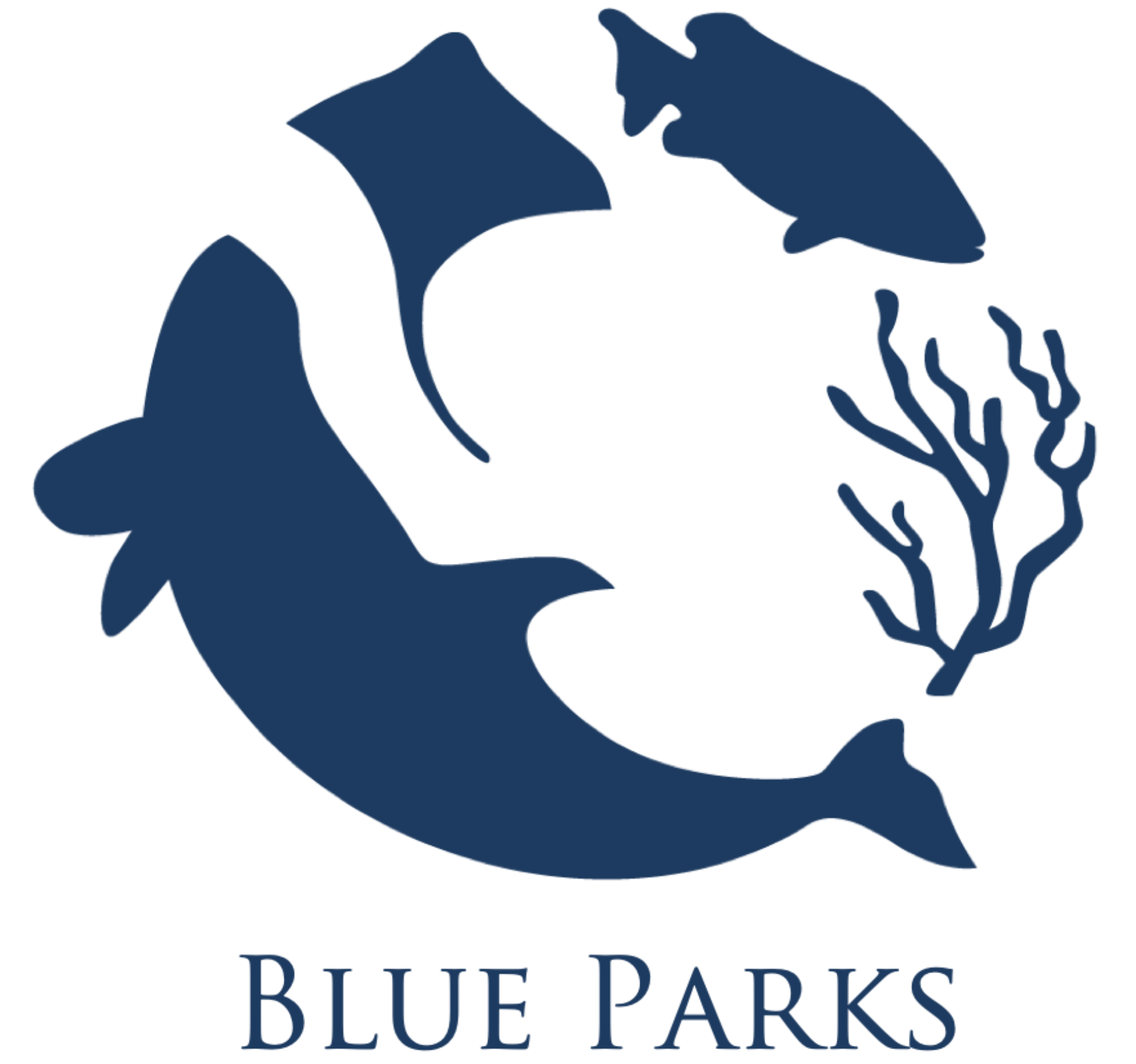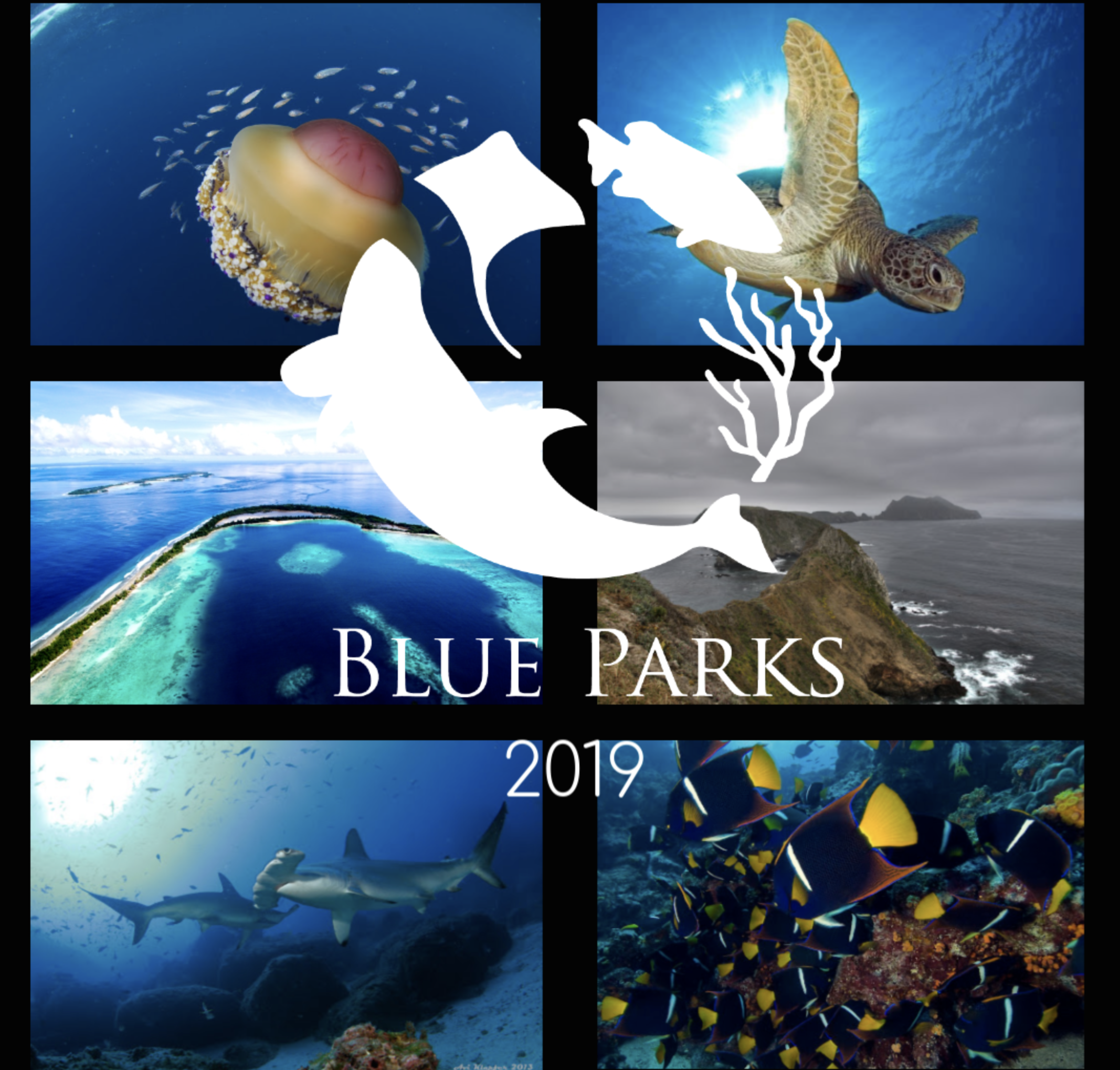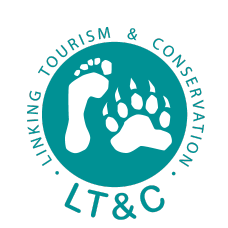[October 24, 2019. Oslo, Norway] Today at Our Ocean Conference in Oslo, Norway, LT&C-Partner Marine Conservation Institute and its international science council awarded six outstanding marine protected areas (MPAs) Blue Park designation. A total of 16 MPAs now hold the prestigious Blue Park Award indicating that they meet the highest science-based standards for marine life protection and management. The Blue Park Award recognizes outstanding efforts by nations, non-profits, MPA managers, and local stake-holders that effectively protect marine ecosystems now and into the future.

“Our goal is to recognize those MPAs that deliver on biodiversity conservation, really protecting our ocean environment and inspiring others around the world to strongly protect at least 30% of the ocean’s most important places by 2030,” said Dr. Lance Morgan, President of Marine Conservation Institute. “Blue Park recognition provides regional examples of successful efforts and serves as a road map for others as we strive to protect our oceans for generations to come.”
After months of rigorous review by Marine Conservation Institute and an independent scientific panel, today’s announcement welcomes the following Blue Parks to a growing network of global ocean refuges (See this link for detailed information on each Blue Park and the system of parks: https://marine-conservation.box.com/s/xfh3bs9tn0ydh2c45vkdzq5vrz367l7p.)
- Aldabra Atoll Special Reserve, Seychelles, size in 2,559 km2 and 988 mi2
- Area Marina Protetta di Torre Guaceto, Italy, size in 22 km2 and 9 mi2
- Arnavon Community Marine Park, Solomon Islands, 169 km2 and 65 mi2
- Marine Protected Areas around the Northern Channel Islands, California, USA, 3,804 km2 and 1,469 mi2
- Parque Nacional Isla del Coco, Costa Rica, 2,011 km2 and 777 mi2
- Reserva Marina de Galápagos, Ecuador, 138,000 km2 and 53,282 mi2
Total Area for 2019 Blue Park Awardees is 146,565 km2 and 56,590 mi2
“Blue Parks are the antidotes to the barrage of threats to life in our oceans,” said Dr. Sarah Hameed, Senior Scientist of Marine Conservation Institute. “MPAs may not be able to stop climate change impacts immediately, but strong protected areas in the right places today will enable ecosystems to recover and build resilience for the future.”
An international council of marine scientists evaluates MPAs nominated for the Blue Park Award and determines which ones meet the standards. The Blue Park Award criteria are based on what scientists have learned about what works to safeguard marine ecosystems. The evaluation of each nominee includes location, design, management, regulations and compliance to select MPAs that effectively protect the world’s most valuable and critical ecosystems.

“This is a time of great peril for ocean life as it faces off against increasing marine industrialization and climate change,” said Professor Douglas McCauley of UC Santa Barbara, Director of the Benioff Ocean Initiative and a member of the international science council for Blue Parks, “Blue Park Awards are shining a light on protected areas that are leading efforts to protect marine biodiversity and help promote resiliency to climate change impacts.”
A growing number of countries and conservation organizations are encouraging the creation of hundreds of new protected areas to reach the world’s Sustainable Development Goal (SDG 14) of protecting 10% of our oceans by 2020 and the proposed goal of at least 30% by 2030. Marine Conservation Institute is working to ensure as many MPAs as possible meet the high conservation standards of Blue Parks.
“Many of today’s marine protected areas are not effectively protecting the best places,” continued Dr. Hameed. “They’re often ‘paper parks’ appearing to meet commitments but lacking substance. Achieving a Blue Park Award requires meeting science-based standards we know will protect the oceans for generations to come. If we elevate and bring recognition to Blue Parks, we believe it will encourage more countries and leaders to meet this critical standard going forward.”
Today’s 6 winners join 10 prestigious 2017 & 2018 awardees. The network now includes 16 Blue Parks covering 1,669,388 km2 or 644,404 mi2 of ocean (approximately the size of Alaska or Iran, or 3 times the size of Kenya). These outstanding marine protected areas are securing lasting protection for marine biodiversity and their hard-won recognition has already inspired others to work towards a Blue Park Award. Nominations for the 2020 awards can be made through mid-March. Visit blueparks.org to find out how your marine protected area can become a Blue Park.

About Blue Parks
Marine Conservation Institute works with existing and new MPAs to ensure they are well- designed, effectively managed, protect our oceans and deliver on their commitment to protect marine biodiversity for generations to come. MPAs that meet these standards can achieve a Blue Park designation, the highest award of conservation excellence.
Blue Park Awards were established by the Marine Conservation Institute to encourage governments to safeguard marine wildlife, secure critical habitats, promote resistance to climate change, and ensure the beauty of our oceans for future generations. The effort aims to assemble an effective network that protects and sustains marine life and habitats globally. Today there are 16 marine protected areas that have been awarded Blue Park status. In addition to awarding six new Blue Parks today, Marine Conservation Institute has launched collaborations with groups planning new marine protected areas in Argentina, Chile and Mozambique to ensure their efforts result in future Blue Parks.
About Marine Conservation Institute
Marine Conservation Institute, founded in 1996, works in the U.S. and globally to seek strong protection for at least 30% of the ocean by 2030—for us and future generations. Our focus on protecting the ocean’s most important places follows several lines of work: identifying and advocating for strong marine protected areas; improving laws and other tools to better conserve marine biodiversity; catalyzing effective conservation by recognizing and elevating the best marine protected areas as Blue Parks; and accurately reporting on conservation efforts with our Atlas of Marine Protection (MPAtlas.org).
Individual Blue Park Contacts:
Aldabra Atoll Special Reserve, Seychelles
Dr. Frauke Fleischer-Dogley, Seychelles Island Foundation
+248 432 17 35 telephone
Arnavon Community Marine Park, Solomon Islands
Meg Ryan, Project Coordinator, The Nature Conservancy Pacific Islands Program
+61 418 625 249 telephone
MPAs Around the Northern Channel Islands, USA
Chris Mobley, Sanctuary Superintendent, Channel Islands National Marine Sanctuary
+1 805 893 6416 telephone
Stephen Wertz, Marine Protected Areas Management Project Supervisor, California Department of Fish and Wildlife
+1 562-342-7184 office
+1 562-343-3808 cell
Yvonne Menard, Public Information Officer, Channel Islands National Park
805 658 5725 office
Parque National del Isla Coco, Costa Rica
Alejandra Villalobos Madrigal, Executive Director, Friends Cocos Island
+506 2256 7476 telephone
Marina Reserva de Galápagos, Ecuador
Lorena Sánchez, Communications Director, Galapagos Marine Reserve
593 099 304 0391 cell
Area Marina Protetta di Torre Guaceto
Francesco de Franco, Manager, Torre Guaceto Management Consortium, Italy
segreteria@riservaditorreguaceto.it
39 08 3199 0882 telephone
39 335 104 5958 cell
Background Press Materials for Award
Our Ocean 2019 Conference Website and Programme:
The plenary programme of the conference will be live streamed
Professional still photos will be made available at: www.flickr.com/utenriksdept



